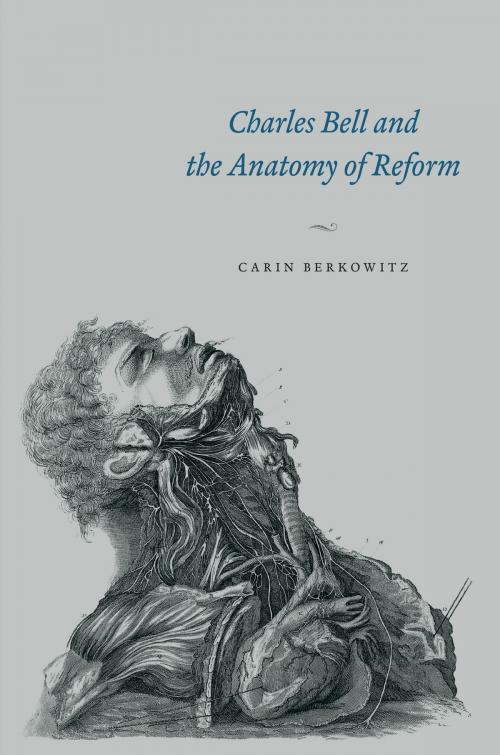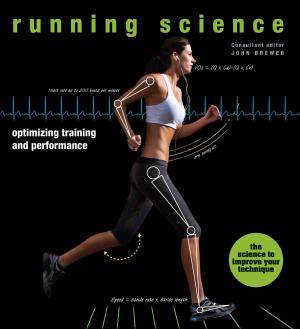Charles Bell and the Anatomy of Reform
Nonfiction, Science & Nature, Science, Other Sciences, History, British| Author: | Carin Berkowitz | ISBN: | 9780226280424 |
| Publisher: | University of Chicago Press | Publication: | November 17, 2015 |
| Imprint: | University of Chicago Press | Language: | English |
| Author: | Carin Berkowitz |
| ISBN: | 9780226280424 |
| Publisher: | University of Chicago Press |
| Publication: | November 17, 2015 |
| Imprint: | University of Chicago Press |
| Language: | English |
Sir Charles Bell (1774–1842) was a medical reformer in a great age of reform—an occasional and reluctant vivisectionist, a theistic popularizer of natural science, a Fellow of the Royal Society, a surgeon, an artist, and a teacher. He was among the last of a generation of medical men who strove to fashion a particularly British science of medicine; who formed their careers, their research, and their publications through the private classrooms of nineteenth-century London; and whose politics were shaped by the exigencies of developing a living through patronage in a time when careers in medical science simply did not exist. A decade after Bell’s death, that world was gone, replaced by professionalism, standardized education, and regular career paths.
In Charles Bell and the Anatomy of Reform, Carin Berkowitz takes readers into Bell’s world, helping us understand the life of medicine before the modern separation of classroom, laboratory, and clinic. Through Bell’s story, we witness the age when modern medical science, with its practical universities, set curricula, and medical professionals, was born.
Sir Charles Bell (1774–1842) was a medical reformer in a great age of reform—an occasional and reluctant vivisectionist, a theistic popularizer of natural science, a Fellow of the Royal Society, a surgeon, an artist, and a teacher. He was among the last of a generation of medical men who strove to fashion a particularly British science of medicine; who formed their careers, their research, and their publications through the private classrooms of nineteenth-century London; and whose politics were shaped by the exigencies of developing a living through patronage in a time when careers in medical science simply did not exist. A decade after Bell’s death, that world was gone, replaced by professionalism, standardized education, and regular career paths.
In Charles Bell and the Anatomy of Reform, Carin Berkowitz takes readers into Bell’s world, helping us understand the life of medicine before the modern separation of classroom, laboratory, and clinic. Through Bell’s story, we witness the age when modern medical science, with its practical universities, set curricula, and medical professionals, was born.















